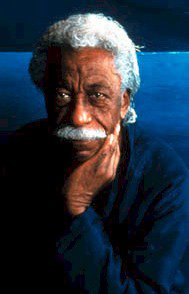
In march of 1999 I was fortunate to go see "Half Past Autumn: The Art of Gordon Parks" at the Detroit Institute of Arts.
I was struck by his prolific output as an artist. A photographer, artist, composer, film maker and writer. his years as a photographer intrested me the most as he was one of the only black photographers of the day and as such captured and documented the human condition of his day. I could connect with that journey as I feel I am much on the same one.
Gordon Parks died Tuesday of cancer at the age of 93. The world has lost so many important photographers in the past few years but Gordon Parks was one of a kind... If ones life is meant to leave a mark or make a difference then Gordon has done so.
Gordon Parks was born in Fort Scott, Kansas, in 1912, the youngest of 15 children. His mother died when he was 16. He then lived with his sister in St. Paul, Minnesota for a while before he dropped out of high school. His jobs were varied, including as a pianist with an otherwise all-white band and with the Civilian Conservation Corps. At the age of 25, Parks purchased a used camera from a pawn shop and became a fashion and personality photographer in Chicago. His first substantial work came when he began work in 1942 as a documentary photographer with the Farm Security Administration, an agency created to call attention to and produce a historical record of social and cultural conditions across the country. At the FSA, Parks worked as a trainee under Roy Stryker.

The Washington Post wrote: "During this period, he took what became one of his signature photographs, a picture of Ella Watson, a cleaning woman who worked in the agency's building. He positioned Watson in front of an American flag, a broom in one hand and a mop in the other. He named the picture American Gothic, Washington, D.C. The photograph captured his style of focusing on one particular person to illustrate a broad social theme."
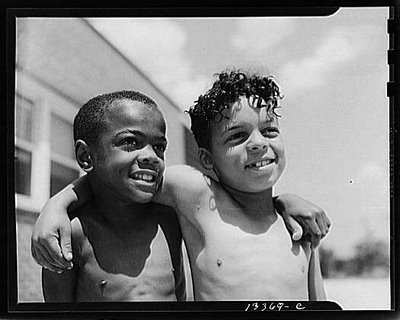
This was one of my most favorite images... When I look at this image It gives me a special kind of hope that one day the dream of King and other leaders of the 60's will come true. More importantly it reminds me that racial bias is taught and that sometimes we can learn allot from children.
After FSA closed, Parks became the first black photographer in the Office of War Information. Parks went on to work for Vogue and Life magazines.
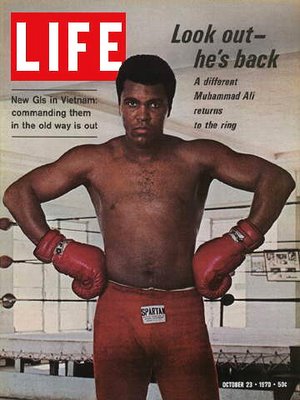
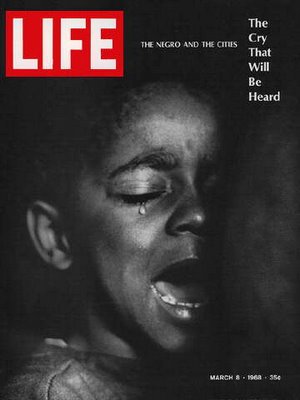
He stayed with Life from 1948 to 1968, becoming known for his photo essays on the effects of poverty and the civil rights movement. Parks' 1961 photo essay on an impoverished Brazilian boy named Flavio, published in Life, inspired donations that were credited with saving the boy's life, and to help the family build a house.
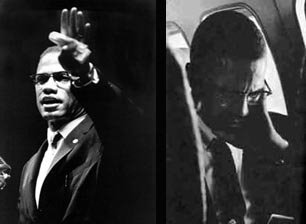
In 1969, Parks become Hollywood's first major black director with his film The Learning Tree, based on his 1963 autobiographical novel. Parks also composed the film's score.
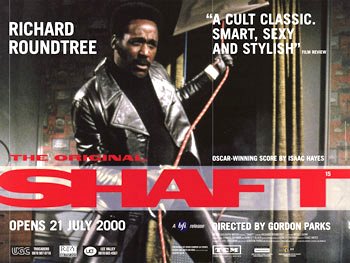
Shaft, Parks' 1971 detective film starring Richard Roundtree, became a major hit and spawned a series of films. Parks directed a sequel, Shaft's Big Score, in 1972.
Parks' writing accomplishments included novels, poetry, autobiography, and non-fiction including photographic instructional manuals and filmmaking books. A self-taught pianist, Parks composed Concerto for Piano and Orchestra (1953) and Tree Symphony (1967). In 1989, he composed and choreographed "Martin," a ballet dedicated to civil rights leader Martin Luther King, Jr. Parks' also performed as a jazz pianist and as a campaigner for civil rights. He was the subject of film and print profiles, notably "Half Past Autumn" in 2000. Parks' late son, Gordon Parks, Jr., directed films including Superfly.
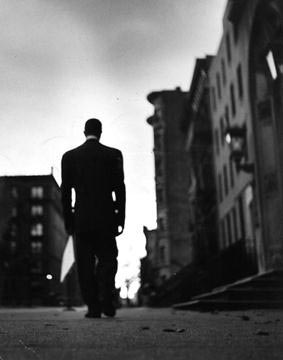

Images of Harlem and the portrait of Langston Hughes are among my personal favorites.
The Learning Tree was placed on the National Film Registry of the Library of Congress in 1989, among the first films so honored. Parks is remembered for his activism, filmmaking, photography, and writings. He was the first African American to work at Life magazine, and the first to write, direct, and score a Hollywood film.
In 1997, the Corcoran Gallery of Art in Washington, D.C. mounted a career retrospective on Parks, Half Past Autumn: The Art of Gordon Parks.
"Freedom", Parks said, was the theme of all of his work: "Not allowing anyone to set boundaries, cutting loose the imagination and then making the new horizons."

No comments:
Post a Comment